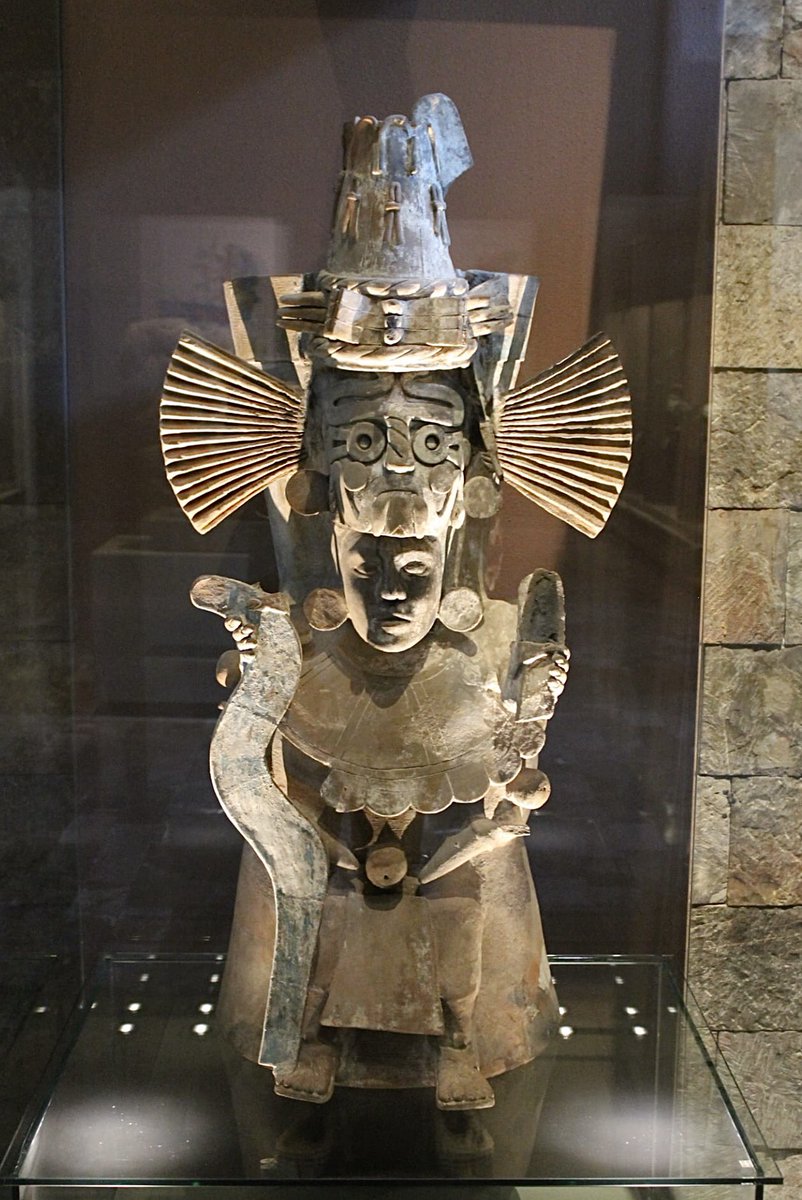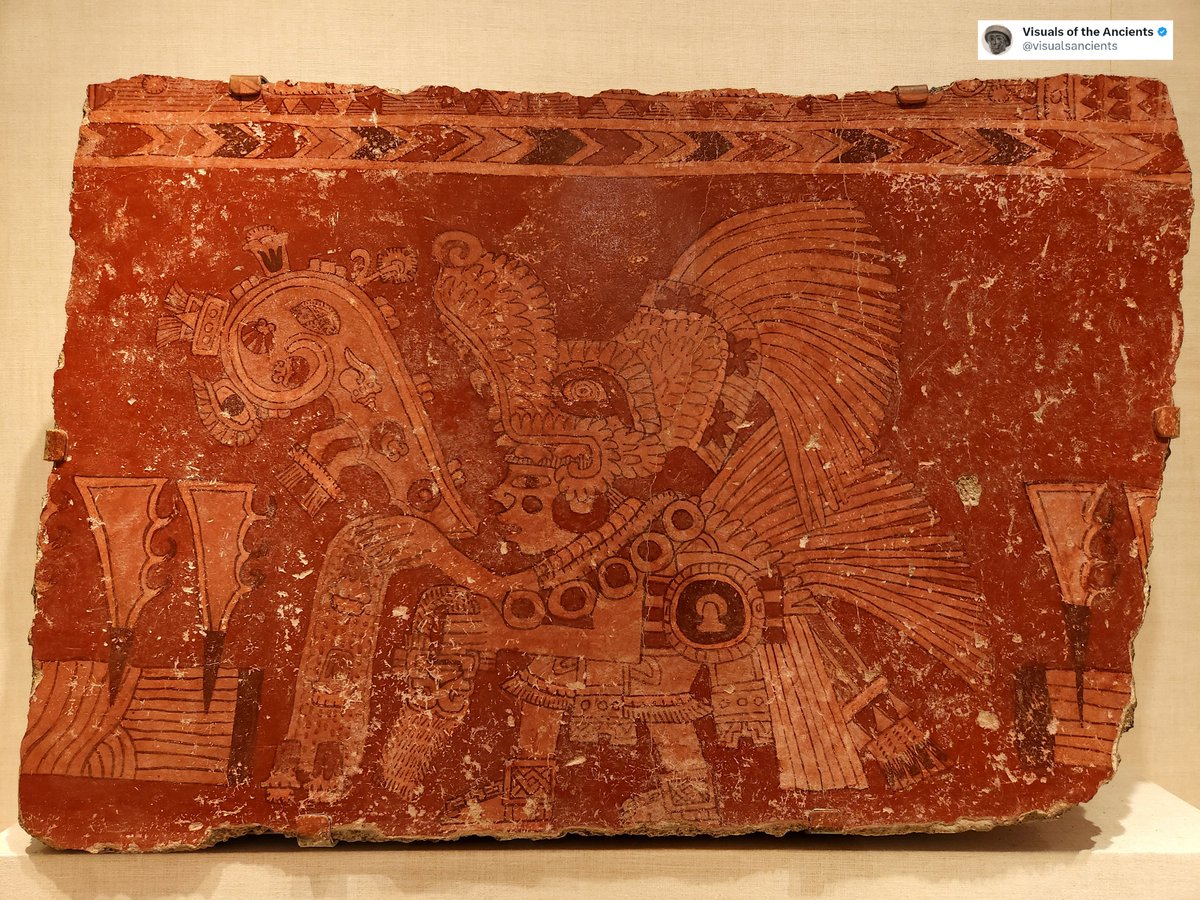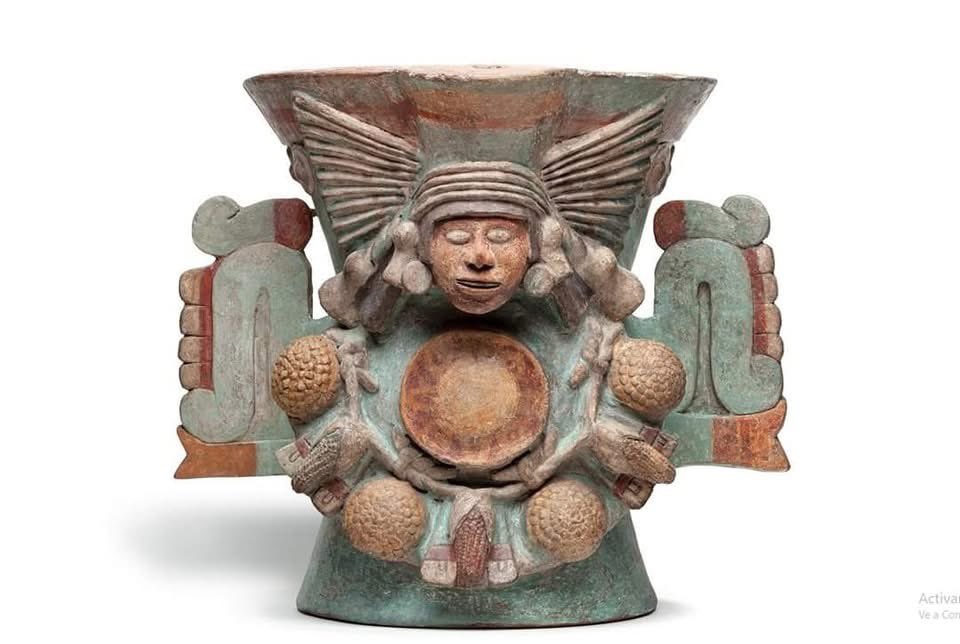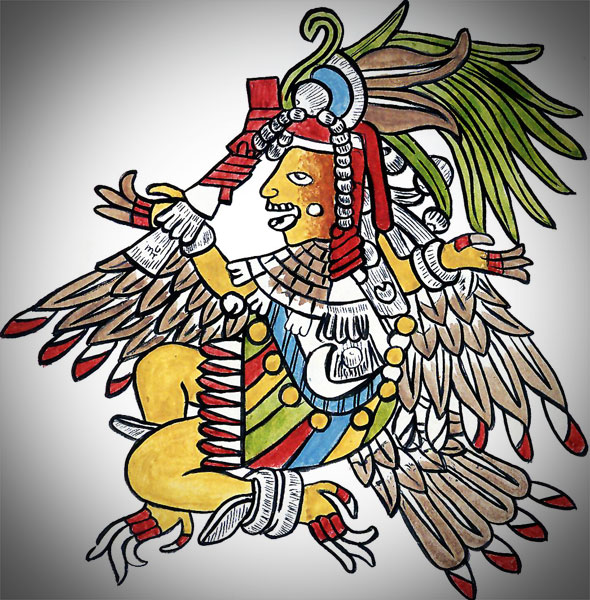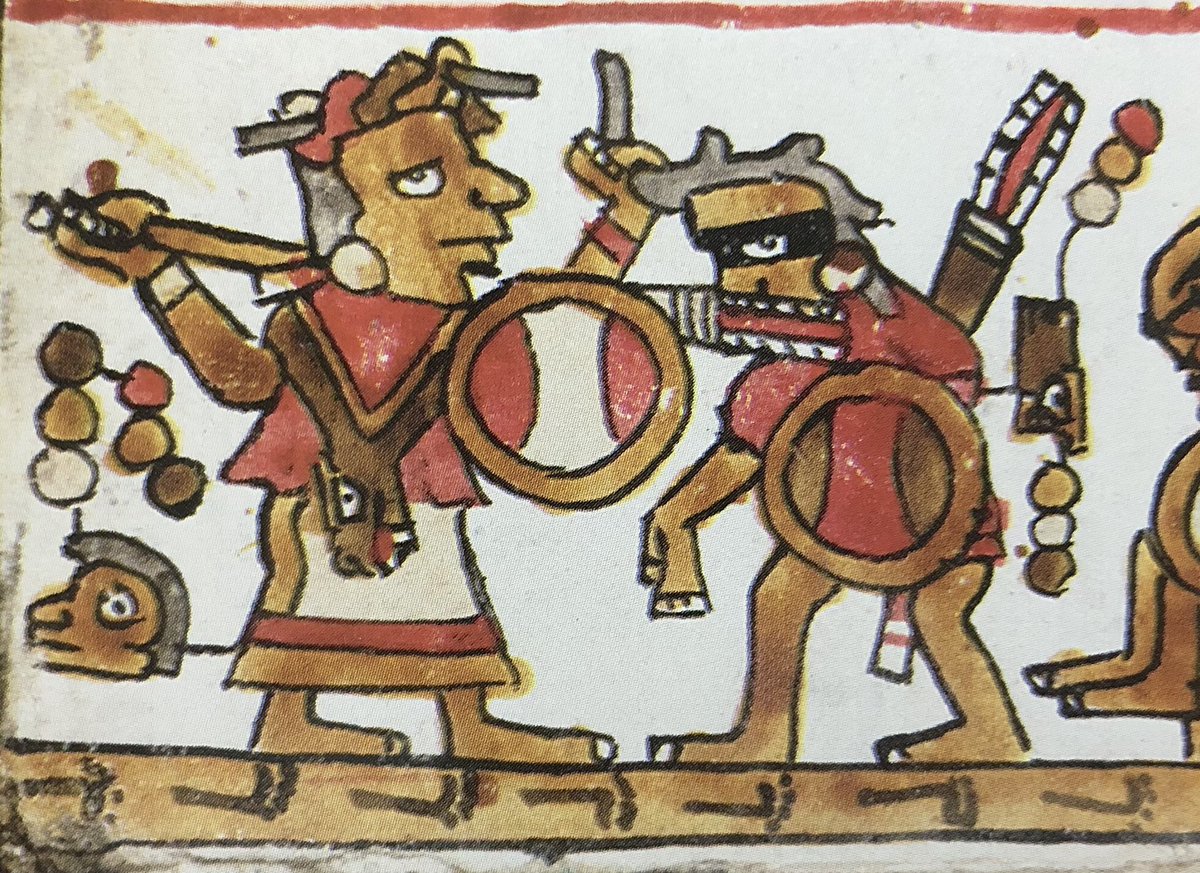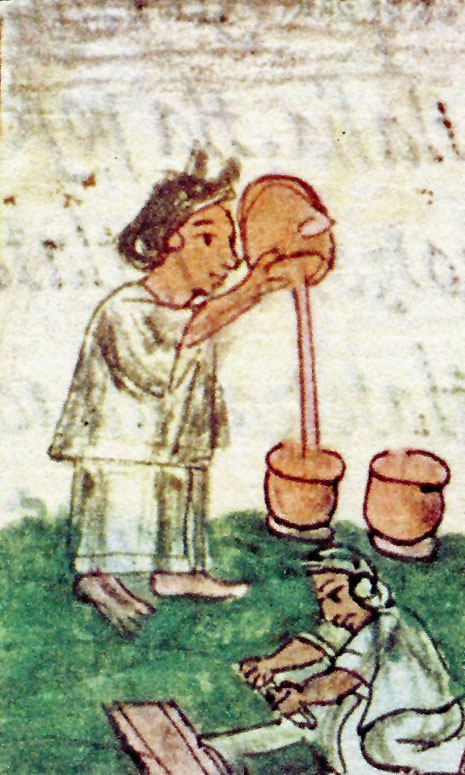
Aztec Empire
@aztecempire1520
Mexica-Tlaxcala/Castile War by @Boilerplate1893 @bigredhair & David Hahn. Ringo & Eisner Award nominee for BEST DIGITAL COMIC. Read FREE: bigredhair.com
ID: 4693195280
http://www.patreon.com/guinan 02-01-2016 02:16:36
20,20K Tweet
31,31K Takipçi
289 Takip Edilen



Historic Vids "It's like Anubis" Xolos are from Mexico, named after Xolotl, an Aztec dog deity. Most xolo Dogs and Xolotl look like hairless chihuahuas, NOT like Anubis (who is Jackal, which look even less like Xolos) There's no deep connection here: The Aztec and Ancient Egypt are



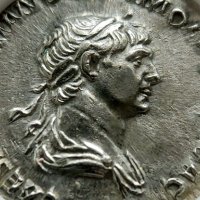


If you’re following Tilmatli Project for their textile recreations then you need to add this to your follows:



Christian Ascania The extreme simplification of history, trying to legitimize racial superiority! In reality, only about 3,000 Hispanics arrived, and they wouldn't have gotten very far without the support of hundreds of thousands of Indigenous allies. Your statement is intentionally biased,




Buster Cretin I follow Mesoamerican studies: While people overstate cannibalism/sacrifice, which the Spanish DID exaggerate to justify their actions... ...saying "we have very little evidence" is, IMO, going too far: There's a decent amount of evidence for it as a ritual practice, just not






